
Good and bad and usefulness
pp. 1330-1335
in: , The selected works of Arne Naess, Berlin, Springer, 2005Abstract
The use of the terms bonum and malum in the Ethics suggests several, rather different, concepts. An adequate analysis would have to take into account more than two hundred occurrences with the possibility of widely different interpretations, all of them based on solid textual considerations. Here we shall concentrate on an important subclass of the occurrences, in which "good" does not appear to mean something different from "useful," when taken to include noninstrumental usefulness. That is, when asked to answer the question What is x useful for?, we can answer, "It is in itself useful; x is useful for x." Thus employed, both intrinsic and extrinsic values may be called useful. An example of this is (IVP18Sch): "Secondly it follows that virtue is to be sought for its own sake, and that there is nothing more excellent or more useful for us…."


